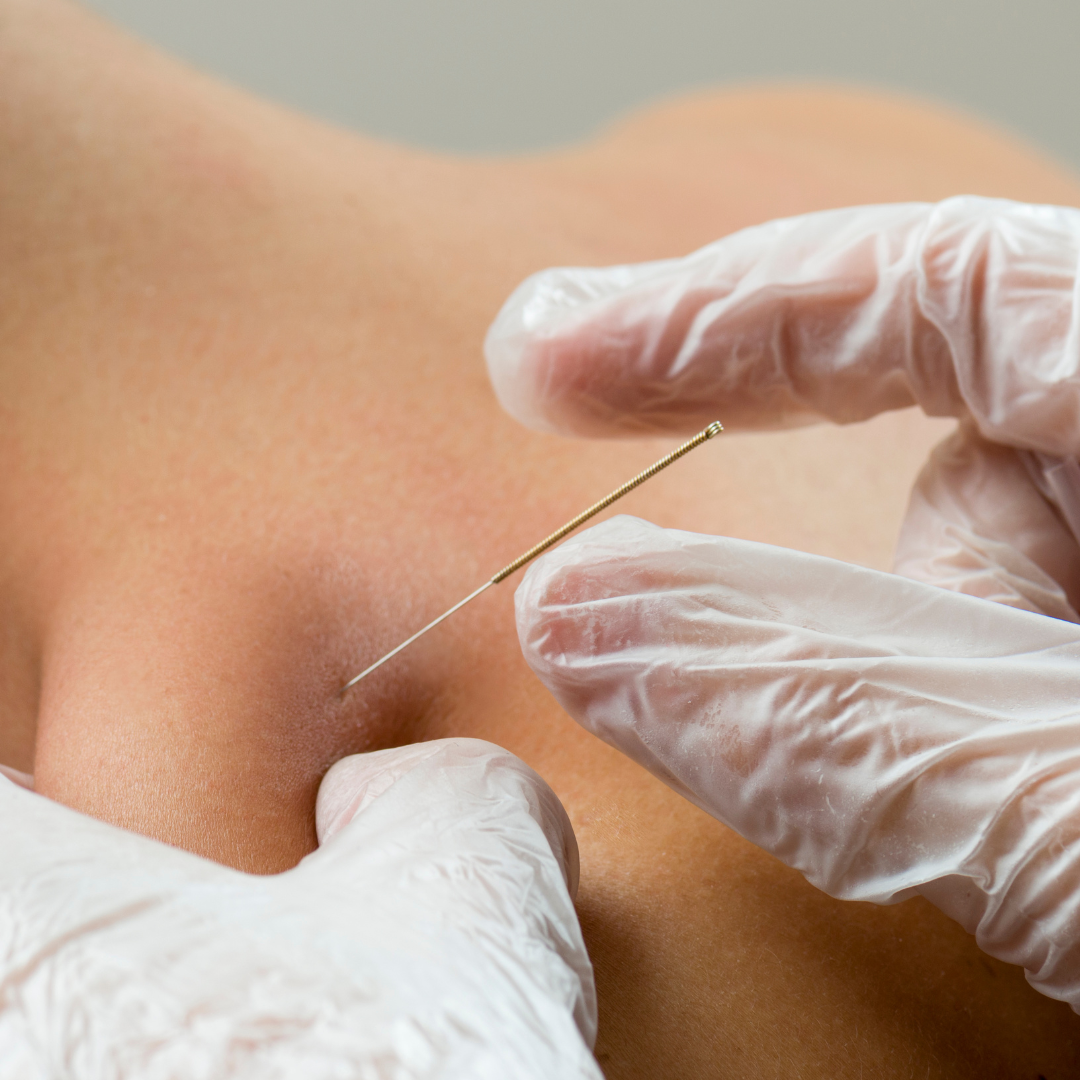How Does Dry Needling Relieve Pain?
Dry needling is one of the most unique and most effective interventions I use as a Physical Therapist!
If you have never tried it, you are missing out I assure you!! So why is dry needling so effective and what is actually going on inside the body when the needle goes in?
Below I am going to outline what dry needling is, how it works, and why it is so essential in pain relief.
So what is dry needling??
Dry needling involves the insertion of a monofilament needle into the body at very specific locations in order to promote blood flow and healing as well as reduce tissue tension.
Pain often comes from chronic inflammation in the body. This bad type of inflammation can result in a lack of appropriate blood flow to the tissues in our body, like muscles, in and around nerves, and joints. This feels like tension and tightness in the body.
While I do believe stretching, exercise and massage are all great options for pain relief, dry needling is without a doubt the quickest and most effective at immediately improving the quality of the tissues.
Within a day or two the small lesions induced by the needles will start to heal and fresh new blood flow will restore healthy tissues with the nutrients they need.
So what does dry needling feel like?!
I get this question so often! Due to the needles being incredibly small, you typically do not feel the needles going into the skin.
Depending on the treatment intent of the physical therapist, there may be a certain amount of needle manipulation (movement) and this can elicit a muscle contraction which feels like a cramp.
When you are incredibly tight and in pain, this “cramp” can actually feel like a welcomed “itch you can’t scratch” and immediately results in increased motion and reduced pain.
If you think you want to experience the incredible benefits of dry needling, schedule a complimentary screen with one of our qualified Physical Therapists to learn how dry needling and Physical Therapy can help you!


